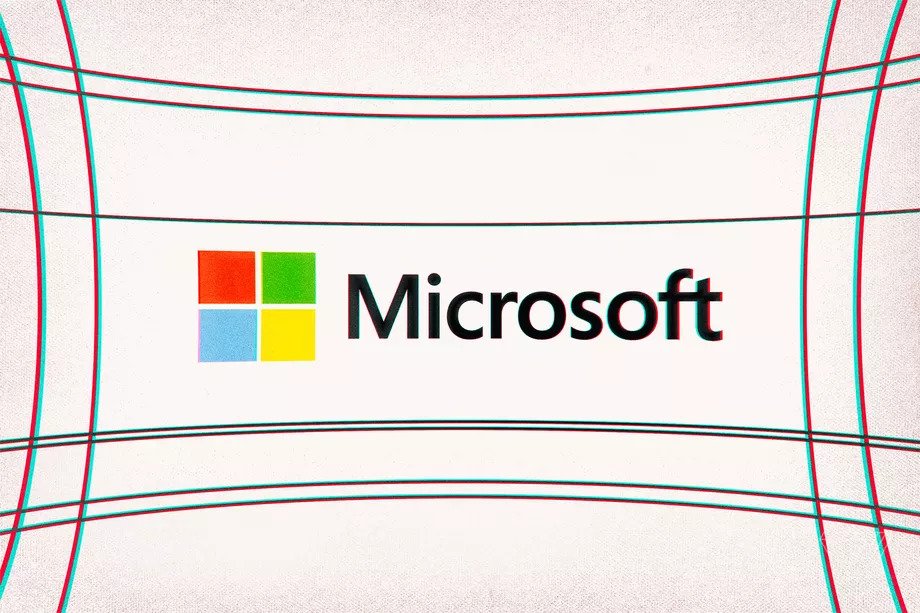Microsoft’s Biggest Event Goes Virtual as Conferences Become Coronavirus Newest Hits
The World Health Organization recently declared the Coronavirus, called COVID-19 as a global pandemic, due to its extremely aggressive transmission rate. The world is still reeling from the effects of this novel virus on public health, tourism and transportation, and the world economy. By now, the virus has found a place for itself in over 120 countries, with John Hopkins’ data showing that there are over 127,000 confirmed cases around the world, which has resulted in more than 4,700 deaths. In the US alone, there have been 32 deaths so far, with over 1000 reported cases. This has led to 15 states in the US declaring an emergency, including heavyweights such as New York, Washington, California, and Florida. However, the newest casualty of the Coronavirus has been conferences, as most major companies have decided to cancel their conferences in the wake of this crisis. Here’s a look at everything you need to know about Microsoft’s events and how this will impact the tech world.
Impact on Industry Events
Travel bans, laws against gatherings and overtly cautious people have resulted in some of the biggest tech conferences of the year being cancelled due to the COVID-19. Some of these conferences have gotten downright cancelled, whereas others have been indefinitely postponed. Moreover, some of the companies have turned their physical conferences virtual, with both attendees and organizers confident that the conference will have the same impact on a digital platform. For instance, both Google and Facebook have cancelled their developer events, whereas Microsoft announced that the Build conference would switch to a virtual platform. Earlier this week, it was announced that one of the biggest gaming events of the year, Electronic Entertainment Expo would not happen this year due to the Coronavirus pandemic.
Microsoft Build
The annual event that introduces new developers, tools, gives updates regarding development on projects and defines future objectives is one of the largest events hosted by Microsoft. Recent Build conferences have shifted focus from the Windows OS to newer technologies such as IoT, Azure, cloud computing and holographic development. The 2020 Build conference was citied to center around dual-screen app development, the new Windows 10X-powered Surface Neo PC and recently updated SDKs and emulators.
The Microsoft Build conference was to take place between May 19 and 21 in Seattle, but the tech-giant decided against having the event after listening to government recommendations. Microsoft released a statement saying that their top priority remains the safety of their community, and that they expect the digital event to bring together as many people as their in-person event normally does. Furthermore, the company has also instructed its workers in Seattle and California to work from home up until March 25 as a precautionary measure.
Silent May
While the month of May traditionally boasts several large developer conferences, including the likes of Microsoft Build, Facebook F8 and Google I/O, all of which take place around the same two-week period, this year will be different. F8 and I/O had already switched to online events, and it seems like Microsoft is following suit, too, amid the coronavirus outbreak. This comes as no surprise as Washington counties recently banned the organizing of events comprising of over 250 people. However, though the ban would have expired before the Build conference was set to take place, Microsoft has opted to go for a safer alternative. But, Microsoft has not updated their official website regarding the same, and tickets for Build can still be bought online. However, it would be best to not do so, as the update should come up officially within a day or two since their spokesperson has already made an official statement.
Digital is the New Way Forward
Rather than relying on in-person events, major tech companies all around the world are looking forward to hosting digital events in the wake of the Coronavirus scare. Both Microsoft MVP and E3 will take place digitally in June, right after the Build conference. Also, the COVID-19 has affected the performance of the company, as most employees have been working from home for the past week, and will continue to do so till the end of March. Therefore, the release date for the Windows 10 OS update, has been pushed back by several weeks.
With a major portion of the American population restricted to their homes, going digital sure looks like the best way to handle large events right now. While the lack of engagement and one-to-one interaction may hamper the success of such events, the safety it provides is what the time calls for right now. Though Microsoft and other large tech companies may have to struggle with their new releases now, such steps will go a long way in ensuring that the Coronavirus does not spread any further.

Being a cinephile with a love for all things outdoorsy, Athulya never misses a chance to chase inspiring stories or poke fun at things, even when the subject is herself. Currently pursuing a degree in mechanical engineering, she is someone innately interested in technical and scientific research. Music reviews and op-eds define her as they allow her to explore different perspectives. Though sometimes she thinks she makes more sense playing the guitar than she does while writing.




